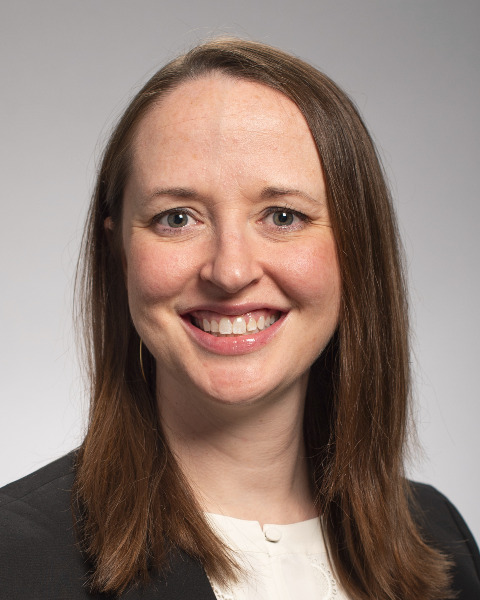Category: Medical/Surgical/Diseases/Complications
Poster Session I
(206) Breastfeeding practices among patients managed by a comprehensive cardio-obstetrics program
To evaluate breastfeeding (BF) intent, BF rates at discharge, and continued BF at follow-up in patients managed in a comprehensive cardio-obstetrics program stratified by severity of maternal cardiac disease (MCD).
Study Design: Observational cohort managed by the UAB Cardio-Obstetrics Program. Patients were included if they had ≥1 prenatal visit with the Cardio-Obstetrics team and delivered at UAB. The primary outcome was the BF rate on discharge from the delivery-associated hospitalization. Secondary outcomes included BF intent on admission and BF at the postpartum (PP) visit. Baseline characteristics and rates were compared between patients with less severe (Modified World Health Organization (mWHO) I-II) vs more severe (mWHO III-IV) MCD. The mWHO classification was defined per the American Heart Association and the American College of Obstetricians and Gynecologists and independently confirmed by an adult congenital cardiologist.
Results: 147 patients were included: 85 (57.8%) mWHO class I-II and 62 (42.2%) mWHO class III-IV. Patients with more severe MCD had higher rates of chronic hypertension (22.6% vs. 9.4%; p=0.027), lower gestational age at delivery (36.0 vs 37.7 weeks; p=0.008), and higher rates of NICU admission (31.2% vs. 14.1%; p=0.013). There were no significant differences in BF intent (84.7% in mWHO class I-II vs. 82.3% in mWHO class III-IV; p=0.71, BF rates at time of discharge from delivery-associated hospitalization (90.6% in mWHO class I-II vs. 87.1% in mWHO class III-IV; p=0.50), or BF rates at the PP visit (54.1% in mWHO class I-II vs. 48.5% in mWHO class III-IV; p=0.60).
Conclusion: Despite potential BF barriers among patients with MCD, over 85% of patients BF upon discharge from the delivery-associated hospitalization. However, BF rates dropped by half at the PP visit. Given the neonatal benefits of BF and the improved cardiovascular risk profile associated with women who BF, strategies to support patients with MCD who want to BF after hospital discharge are imperative.
- IG
Isabel C. Girling, BS
Marnix E Heersink School of Medicine, University of Alabama at Birmingham
Birmingham, Alabama, United States - CB
Christina T. Blanchard, MS
Statistician
Center for Women’s Reproductive Health, University of Alabama at Birmingham
Birmingham, Alabama, United States 
Ayamo Oben, MD
University of Alabama at Birmingham
Houston, Texas, United States- TK
Tavonna Kako, MD
Center for Women’s Reproductive Health, University of Alabama at Birmingham
Birmingham, Alabama, United States .jpg)
Ashton Robinson, BS (she/her/hers)
Marnix E Heersink School of Medicine, University of Alabama at Birmingham
Birmingham, Alabama, United States- JJ
Joanna M. Joly, MD
Department of Medicine, Cardiovascular Disease, University of Alabama at Birmingham
Birmingham, Alabama, United States - MC
Marc Cribbs, MD
Division of Cardiovascular Disease, University of Alabama at Birmingham
Birmingham, Alabama, United States - BC
Brian M. Casey, MD
Center for Women's Reproductive Health, University of Alabama at Birmingham
Birmingham, Alabama, United States .jpg)
Alan T. Tita, MD, PhD
Professor
University of Alabama at Birmingham
Birmingham, Alabama, United States
Rachel Sinkey, MD (she/her/hers)
Center for Women's Reproductive Health, University of Alabama at Birmingham
Birmingham, Alabama, United States

.png)
